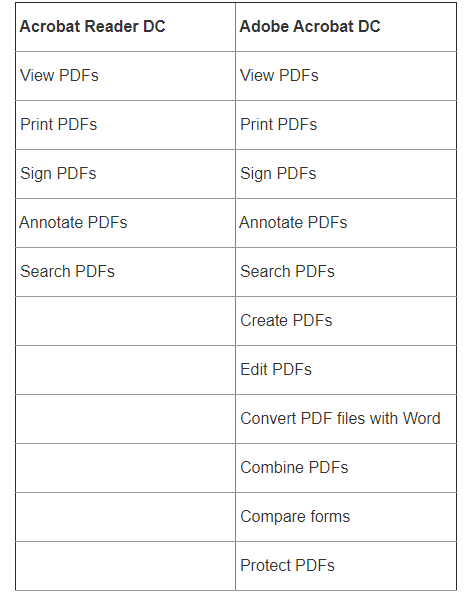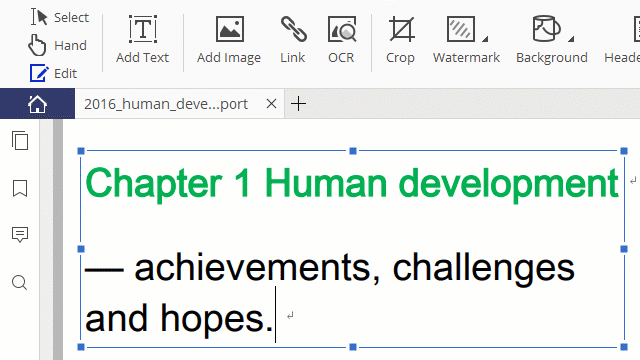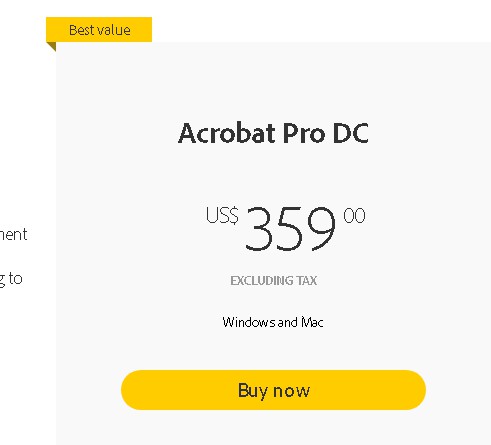

- DIFFERENCE BETWEEN ADOBE ACROBAT PRO AND DC PDF
- DIFFERENCE BETWEEN ADOBE ACROBAT PRO AND DC PORTABLE
- DIFFERENCE BETWEEN ADOBE ACROBAT PRO AND DC SOFTWARE
No matter what side of this argument you are, we all can agree that Adobe Acrobat Pro is one of the top customer choices. Others think there are easier to use products with enough features that are cheaper on top of that.
DIFFERENCE BETWEEN ADOBE ACROBAT PRO AND DC PDF
Some professionals consider Adobe’s Acrobat Pro DC to be the best PDF editor on the market. The company is a well-established brand name that wins customers’ trust. Adobe Acrobat ProĪdobe is the inventor of the PDF format.
DIFFERENCE BETWEEN ADOBE ACROBAT PRO AND DC SOFTWARE
No matter the experience of users, they should perform the most basic tasks without too much hassle.Īnd last but not least, a good software product should come with satisfying customer support. The intuitive interface is an important feature, too. A PDF editor should allow working together on files and easy sharing between team members.ĭepending on your work process, you have to think about the availability of cloud services or mobile apps.

It is good to have OCR technology that brings searching and editing PDFs to a whole new level.Ĭollaboration options are also a must in our remote office era.

What to Look for When Choosing a PDF Editor? Thus, you can make a more informed decision based on your needs and demands.īut first things first! Let’s start with the general product requirements. In this blog post, we will introduce you to two PDF editors: Adobe Acrobat Pro and PDF Extra. Quite a few software products, known as PDF editors, allow converting, editing, protecting and reorganising such files. Today, this file format has developed to include many new features increasing its potential. In these early days, desktop publishing used PDF files mainly to preserve the high quality of printed designs.īut that time is long gone.
DIFFERENCE BETWEEN ADOBE ACROBAT PRO AND DC PORTABLE
Portable Document Format (PDF) came out in the early 1990s as a way to accurately exchange documents regardless of the users' software or hardware.


 0 kommentar(er)
0 kommentar(er)
